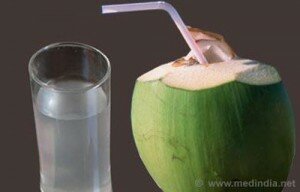~ Traditional Indian Lassi ~

The famous Indian yogurt drink that is smooth, creamy, and absolutely heavenly! There are many variations of lassi, which is basically a blend of cultured diary kefir or yogurt mixed with fresh fruits and/or herbs. If the yogurt or kefir is ready made, this great refreshing drink can be made in minutes. The lassi drink can be used as a before meal appetite enhancer or after a meal as a dessert beverage.
Lassi is a popular traditional dahi (yogurt) based drink that originated in the Indian subcontinent. Lassi is a blend of yogurt, water, spices and sometimes fruit. Traditional lassi is a sweet savory drink, sometimes flavored with ground and roasted cumin. Salty lassi, however, contains salt and other spices, instead of sugar. It is important to use fresh yogurt/kefir that is not sour tasting.
Main Ingredients: Dahi (yogurt), fruits, cream, sugar, water, and spices
Mango Lassi

– 2 Ripe mangos, cut, seeded, and diced
– 2 cups of yogurt or milk kefir
– ¼ to ½ cup of jaggery (A raw India sugar) or cane sugar
Place all ingredients into a blender and pulse until blended.
Pour into glasses and serve. Garnish with a mango slice and a sprig of mint.
Mango – Mint Lassi

It’s a great take on the famous Mango Lassi that you tend to see at various Indian restaurants because it takes the flavor to a higher and much more complex level. This can also be done with only mint, if desired, just double the amount of mint leaves used.
– 1 Ripe mango
– 3 tbsp brown or jaggery sugar
– 2 tbsp chopped mint leaves
– 1 tsp ground star anise
– 1 tsp ground cardamom
– 1 tbsp lime juice
– 2 cups fresh yogurt or kefir
– whole mint leaves for garnish
Blend the mango, brown sugar/jaggery, chopped mint, star anise, cardamom, lime juice, and yogurt in a blender on high speed until smooth. Pour into glasses and garnish with fresh mint sprigs to serve.
Strawberry Mango Lassi

This is a fruity twist to the traditional lassi.
– 300 to 350 gr of strawberries, remove hulls and steams
– 1 to 1.5 cups of chilled yogurt
– 2 to 3 tbsp heavy cream
– 6 tbsp of sugar or raw honey
– 1 to 2 tsp rose water
– Sliced strawberries for garnish
Prepare the strawberries, mix with the honey or sugar, and blend until smooth.
Next, add the fresh yogurt and rose water, pulse until a smooth lassi is created.
Serve the strawberry lassi immediately. Garnish with a strawberry and/or mint leaf.
 Lassi is a great way to use yogurt/kefir and a different way to use it over making smoothies. Above is three classic lassi blends, there are so many ways to make lassi with a favorite mix of fruits and spices.
Lassi is a great way to use yogurt/kefir and a different way to use it over making smoothies. Above is three classic lassi blends, there are so many ways to make lassi with a favorite mix of fruits and spices.
Let the imagination go wild with flavor combination!
Enjoy!
For yogurt and milk kefir starters, visit our online store at: store.organic-cultures.com




 Today the focus will be fruit waters or ‘fresh waters’, otherwise known as aguas frescas in Mexico.
Today the focus will be fruit waters or ‘fresh waters’, otherwise known as aguas frescas in Mexico.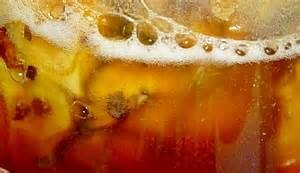

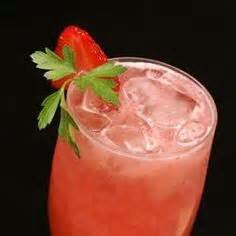

 If water kefir grains are needed we have
If water kefir grains are needed we have 

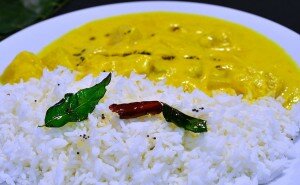


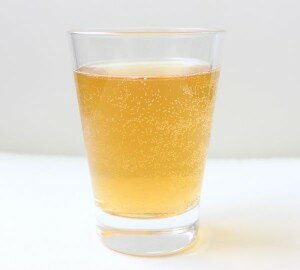

 Photo updates 2/8/15
Photo updates 2/8/15

 ~ Water Kefir Grains or Kefir dé Acqua ~ Organic Kefir Dé Acqua are similar in probiotic makeup to milk or dairy kefir, but are cultured in a water based mixture of cane sugar, whole organic figs or other dried fruit, and organic lemons. There are many places online to find this type of water kefir starter.
~ Water Kefir Grains or Kefir dé Acqua ~ Organic Kefir Dé Acqua are similar in probiotic makeup to milk or dairy kefir, but are cultured in a water based mixture of cane sugar, whole organic figs or other dried fruit, and organic lemons. There are many places online to find this type of water kefir starter.
